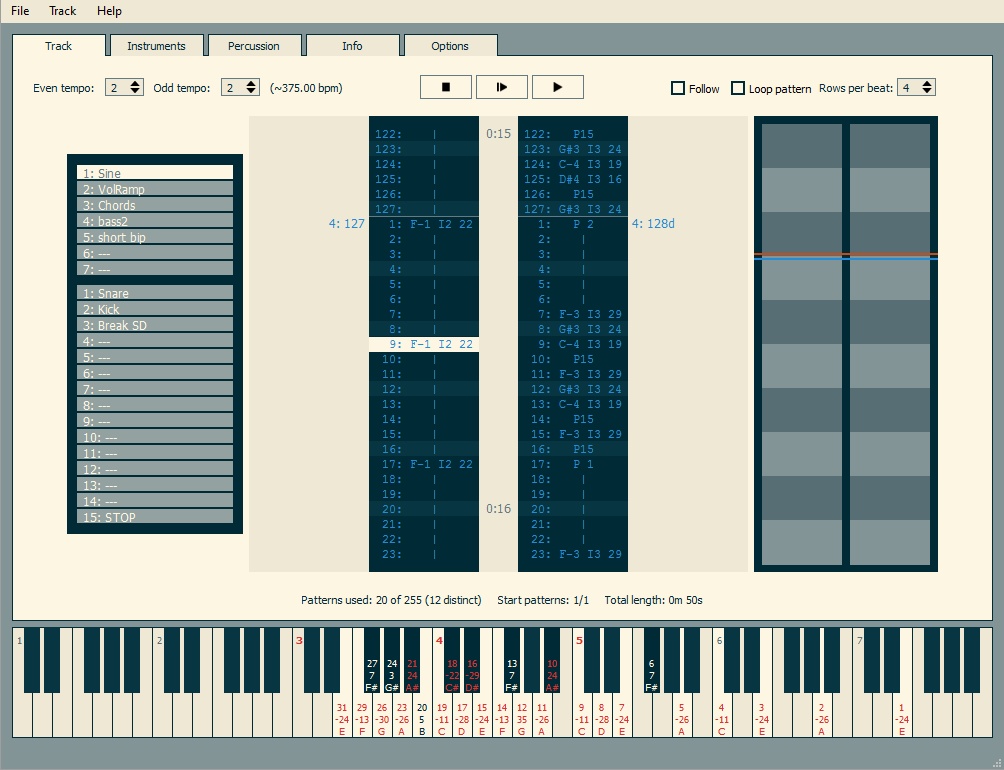It’s official: video games, or certainly their leading icon Atari, have crossed the half-century landmark. But maybe that’s why the aesthetics of some of Atari’s earliest greats now sound newly fresh – not only retro, but as something elemental no deep in music, art, and culture.
It’s well worth starting out with this interview of Atari’s incomparable personality, founder Nolan Bushnell, who gave a generation of Americans not only video games but whatever Chuck E. Cheese was. (A “pizza time theater,” I suppose.)
“Atari Was Very, Very Hard” Nolan Bushnell on Atari, 50 Years Later [How-To Geek]
Atari’s life began as a coin-op maker. Here’s some incredible video sent by the Coin Operated Division for distributors and operators. It’s especially charming watching the on-the-site game testing.
It’s a safe bet that some of the aesthetics of Atari games have gone from mind-bending and futuristic to tired to retro to … now, futuristic all over again, with fresh eyes and ears. Just watch the gorgeous minimalism of Quantum from 1982, created by General Computer Corporation for Atari by Betty Ryan (Tylko):
And then there was the mighty Atari 2600, aka Atari VCS (Video Computer System), 1977 – (believe it or not) 1992. Powered by an 8-bit MOS Technology 6507 CPU @ 1.19 MHz, it was already decently capable of running code – emblematic of how the late 70s brought industrial-grade computation into the home. (Well, by 70s standards, at least!)
Art and music nerds will love the 2600/VCS mainly for its custom silicon, the Television Interface Adaptor or TIA, which handled graphics and sound. It even has a following of modern coders learning its idiosyncracies:
The TIA’s distinctive sound, in particular – artifacts of the unique way of programming audio effects – is enjoying something of a renaissance now. TIA even now has its own tracker, making it easier for musicians to access:

https://github.com/chunkypixel/TIATracker
TIATracker: A new sound routine and sequencer application [Atari Age discussion]
And listen to some of what’s coming out:
Loom Mum No Computer has also delved into the possibilities of VCS as instrument:
Whether or not you want to climb down that rabbit hole, it’s fascinating just browsing through how the VCS produced sounds and various forms of distortion, perhaps as inspiration for your own code and patches:
The Atari 2600 Music and Sound Page
(For more on tech and history, there’s a nice read in Atari Inc: Business is fun up on Archive.org, not that I’m entirely sure of the legality of that link.)
I’m going to side with Bushnell himself (welp) and say Tempest was a high point in game development for the company. It’s just gorgeous, in a way that is inspiring today:
More on what’s inside:
Me, I am personally still struck by the pure, glitchy beauty that is Yar’s Revenge – sound and visuals, both. It still somehow feels alien.
And yeah, there’s something beautiful that the creator of this game – also made what is widely considered the worst game of all time. I love that story, partly because it makes it clear just how hard it was to design and code games in this era – it was totally hit or miss figuring out what is fun, not to mention actually trying to program the damned thing on a schedule.
Howard’s revenge? Well, he gets his games both buried in a landfill and in the Museum of Modern Art. For anyone doing creative coding, then, take heart, I guess.
Oh, and as for that landfill:
Okay, sure, 1977 wasn’t 50 years ago, but… yes, it was a long time ago. Those suits.
This ad, on the other hand, holds up – with some Tron-level graphics and someone getting really carried away in his mind sitting at an office chair (expect all of us can relate to that, though):
And then there was Atari the computer company – really a very different animal than Bushnell’s Atari celebrated today, but vital to music history nonetheless. The Atari ST was a crap platform as far as its audio chip, but worked wonders for MIDI – and so became an essential foundation for various music sequencers, some forgotten (Passport Systems, Dr. T’s), but others still used today (Steinberg’s Cubase, MOTU’s Performer, and Notator, aka today’s Logic from Apple, in particular).
And lastly – though, no. The answer is no. Definitely not. Again, that audio chip, plus… just generally no; I like the ability to do CPU-native DSP, thank you very much.
Happy 50th, Atari. Now, excuse me, I think I have to play some Yar’s Revenge and Quantum.
Image at top: Atari Flashback Classics Vol. 1, out from Microsoft. So yeah, tell that Xbox to try to be a TIA.